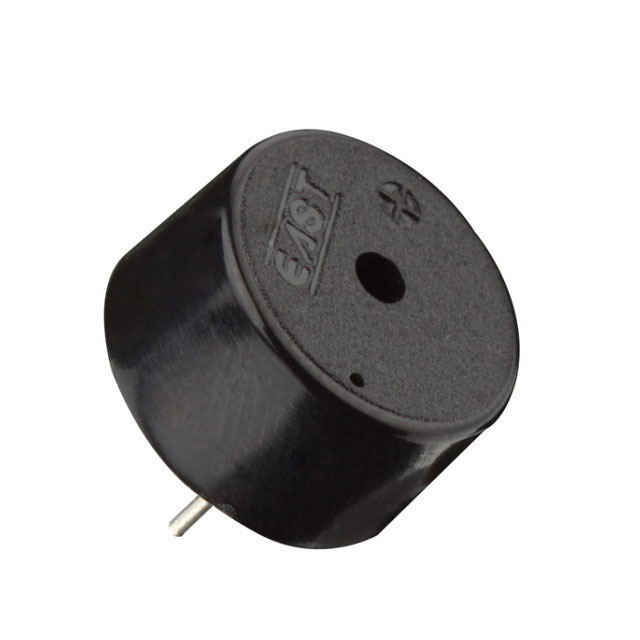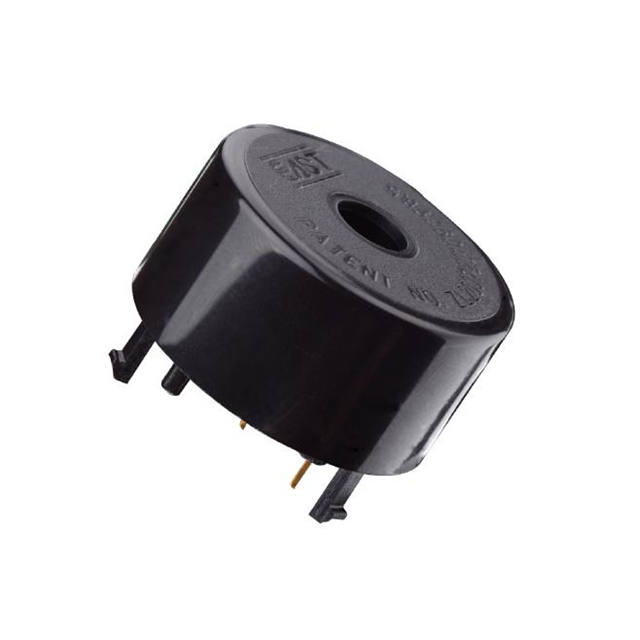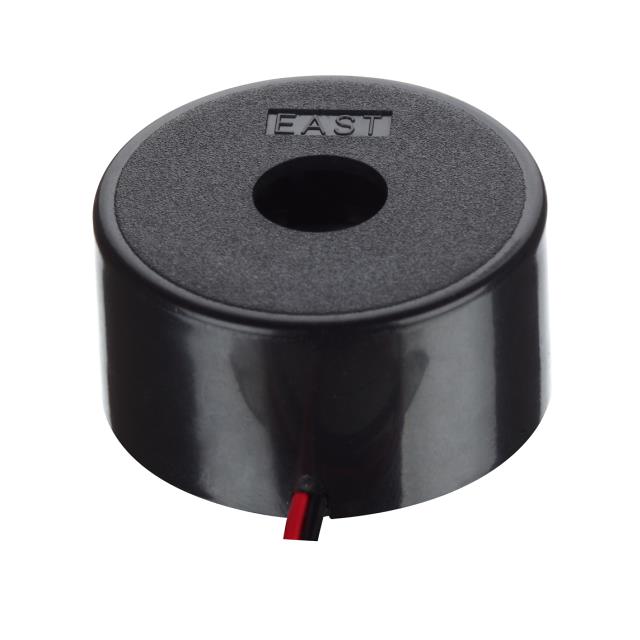EFM Series, Alarms, Buzzers, and Sirens
Results:
3
Manufacturer
Series
Operating Temperature
Current - Supply
Voltage Range
Sound Pressure Level (SPL)
Frequency
Height - Seated (Max)
Voltage - Rated
Size / Dimension
Driver Circuitry
Input Type
Ingress Protection
Approval Agency
Termination
Duration
Mounting Type
Ratings
Technology
Operating Mode
Port Location
Results remaining:3
Applied Filters:
EFM
About Alarms, Buzzers, and Sirens
Alarms, Buzzers, and Sirens are essential devices designed to generate audible signals, typically in the form of a steady high-pitched hum. These devices are enclosed within molded housings, ensuring protection and durability. There are various characteristics that differentiate alarms, buzzers, and sirens, including driver circuitry, input type, voltage rating, voltage range, frequency, technology, operating mode, current supply, and port location. The driver circuitry determines the mechanism by which the device produces sound, while the input type specifies the type of electrical signal required to activate the device. The voltage rating and voltage range indicate the acceptable power supply levels for proper operation. The frequency represents the pitch or tone of the generated sound and can range from multiple frequencies to a specific range between 200Hz to 8kHz. Different technologies are utilized in the production of alarms, buzzers, and sirens. These include electromechanical, magnetic, piezo, and piezo with feedback. Each technology has its unique characteristics and advantages in terms of efficiency, reliability, and sound quality. Operating modes can vary, with options like continuous sound output, intermittent or pulsing signals, adjustable volume settings, or even programmable patterns. The current supply refers to the amount of electrical current required for the device to operate correctly. Port location specifies the position of the electrical connections on the device for easy integration into various systems or applications. Alarms, buzzers, and sirens find extensive use in a wide range of industries and applications, including security systems, industrial equipment, automotive vehicles, consumer electronics, and emergency warning systems. They provide vital auditory alerts and notifications to ensure safety, enhance communication, and alert individuals to potential hazards or situations requiring attention.



